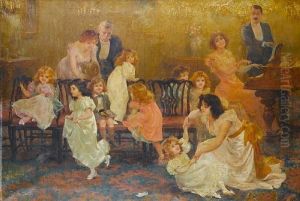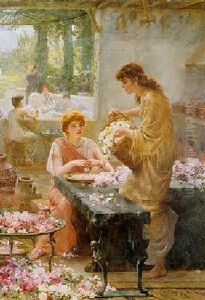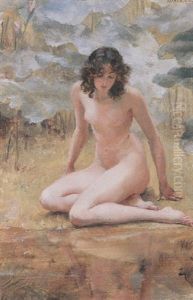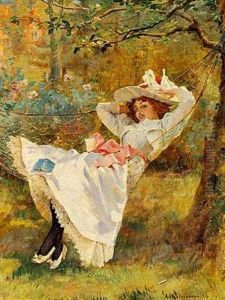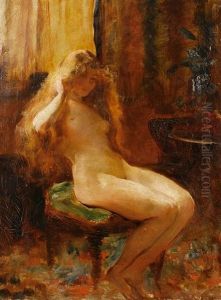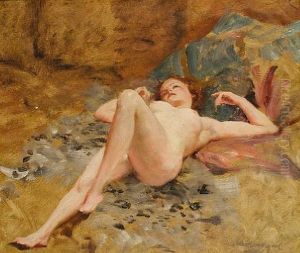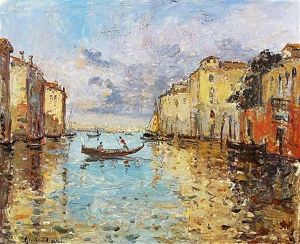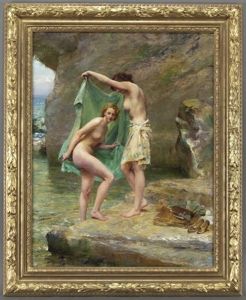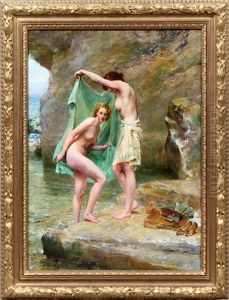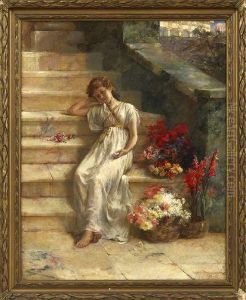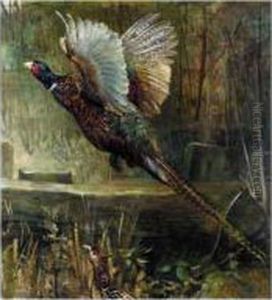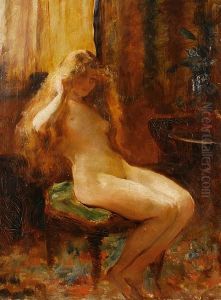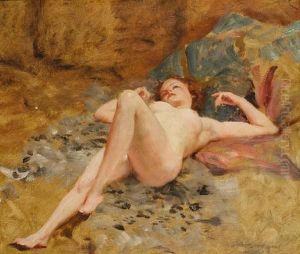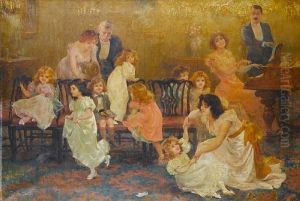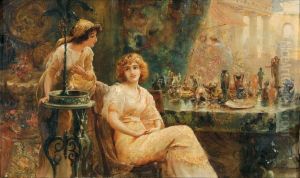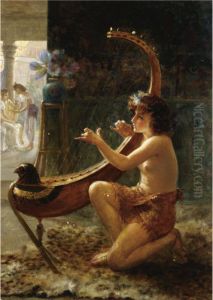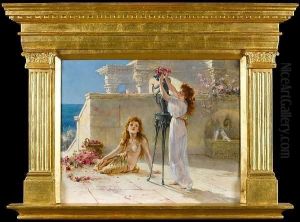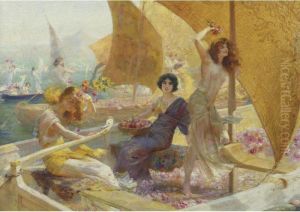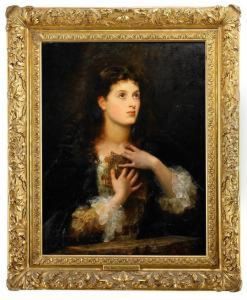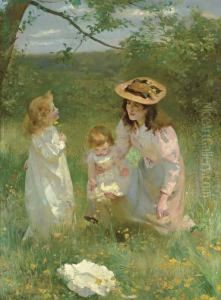Arthur Drummond Paintings
Arthur Drummond was a British painter born in the late 19th century, specifically in 1871. His life spanned a period of significant change in the art world, from the tail end of the Victorian era through the tumultuous years of World War I and into the mid-20th century. Drummond's work is often characterized by its focus on classical themes and subjects, a reflection of the training and artistic norms of his time.
Drummond received his formal art education at the prestigious Royal Academy Schools, a testament to his skill and potential as a young artist. This institution was a cornerstone for many British artists, offering an education steeped in the classical traditions that Drummond would later embody in his own work. His time at the Academy would have provided him not only with technical training but also with a deep appreciation for the historical continuity of art, an element that remained evident throughout his career.
Throughout his life, Drummond exhibited a profound dedication to his craft. He was known to be a prolific painter, exploring various subjects from historical scenes to portraits and landscapes. His work reflects a deep understanding of his subjects, coupled with a mastery of technique that allowed him to capture not just the physical likeness but the essence and atmosphere of his subjects.
Arthur Drummond's contributions to art were recognized in his time, and he was an active member of several art societies, including the Royal Society of British Artists. His works were exhibited widely, including at prestigious venues like the Royal Academy of Arts, where he showcased his ability to engage with and contribute to the artistic dialogues of his time.
Despite his accomplishments, Drummond's work, like that of many artists of his era, faced the challenge of remaining relevant in the rapidly changing art world of the 20th century. The advent of modernism and the shifting tastes of the public and critics alike meant that Drummond's classical approach was often seen as out of step with the times. Nevertheless, his body of work remains a testament to the enduring appeal of classical artistry and technique.
Arthur Drummond passed away in 1951, leaving behind a legacy that, while perhaps not as widely recognized today, offers valuable insights into the artistic transitions and continuities of the late 19th and early 20th centuries. His life and work serve as a bridge between the classical traditions of the past and the evolving artistic landscapes of the modern era.
